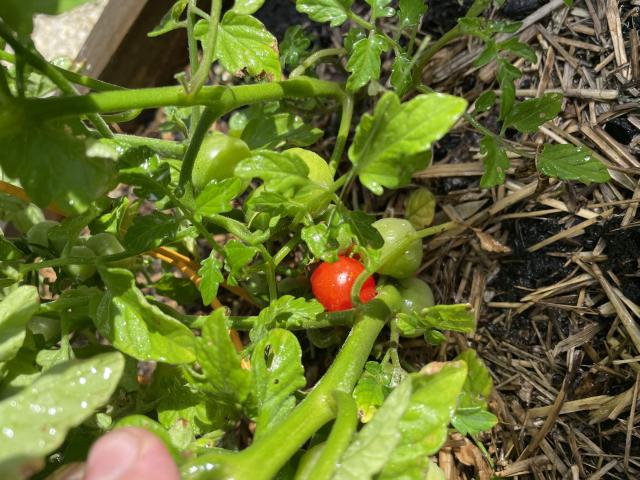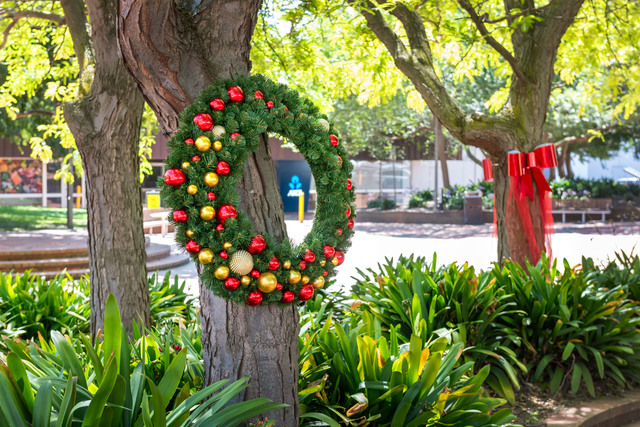Home gardeners are urged to act now to protect fruit and vegetables from Queensland fruit fly (QFF) this summer and help safeguard Victoria’s valuable horticultural industry.
The wet spring created the perfect breeding conditions for the pest, which is most active now through to May.
Agriculture Victoria statewide fruit fly coordinator Cathy Mansfield said QFF were attracted to ripening fruit and vegetables.
“Maintaining good biosecurity practices starts in your home garden – and it’s vital to limit fruit fly population growth and halt its spread to neighbours, nearby orchards or farms,” Ms Mansfield said.
“The best way to protect your fruit and vegetables is to use insect-proof netting during the growing season.”
Continuously flowering vegetable and berry crops should be covered when developing fruit are very small.
If you’re unable to net your trees, monitor for fruit fly and use other preventative methods such as baiting, and insecticides, traps and remove any unwanted ripe or dropped fruit.
QFF attacks a wide range of fruit and vegetables including tomatoes, apricots, figs, peaches, nectarines, cherries, and berries.
Home gardeners can keep watch for fruit fly sting marks on developing fruit and vegetables – they’re only tiny and easily missed but affected produce can rot from the inside.
Fruit fly maggots are often found in the centre of produce, ranging in size from, 5-10mm long and creamy-white in colour.
If you do find active fruit fly, it’s important to let neighbouring properties know and encourage people to check their own produce for damage.
“Leave your homegrown produce behind if you’re going away this summer to ensure you’re not accidentally bringing QFF into other regions,” Ms Mansfield said.
“Some states have will not allow fruit or vegetables to be taken across state borders so check before you travel.”
For more information, including lists of common host plants, how to control fruit fly in your garden and netting tips, visit agriculture.vic.gov.au/qff







